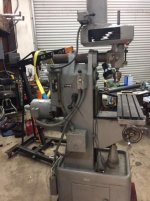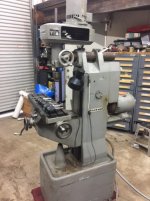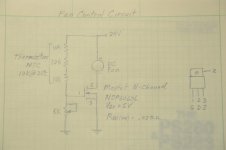CrimsnTide
Plastic
- Joined
- Jul 13, 2016
I've been reading on here for about as long as I have been looking for a Rockwell combo-mill. Well, I finally came across one and I picked it up. Probably paid more than I wanted to, but I'm sure I'll be happy with it once I get set up. With that said, I will start off showing what little I know, so if remarks are to be made, lets get them over with... I'm tough skinned, so you probably won't offend. Being a combo machine, it has TWO motors. The horizontal has a 1 1/2 hp while the vertical head has a 1/2 hp motor. (See Pics) Although the PO had a RPC hooked up in his garage, I think I'm leaning towards a VFD.... My questions are as follows:
I will be utilizing both the horz/vert options with this mill.
Can ONE VFD run both motors since both have different parameters (amps)?
For simplicity, am I looking at two VFD's to run both motors? Suggestions?
Preferably, I'd like to have one control box (On/Off/Speed), is this possible even if I went with dual VFD's?
I'm not sure how much of the electrical is original. When switching to a VFD, how much of it gets bypassed?
Although I'm conceding to hiring someone, it must be the right person. If there are any suggestions, information, links or reads, please let me know. There's a WEALTH of information, I'm just a little overwhelmed with it all.
My apologies - but I am posting this on another forum - so if it looks familiar...
If anyone has any recommendations for the So. Cal. Area, please PM or send me the info.





I will be utilizing both the horz/vert options with this mill.
Can ONE VFD run both motors since both have different parameters (amps)?
For simplicity, am I looking at two VFD's to run both motors? Suggestions?
Preferably, I'd like to have one control box (On/Off/Speed), is this possible even if I went with dual VFD's?
I'm not sure how much of the electrical is original. When switching to a VFD, how much of it gets bypassed?
Although I'm conceding to hiring someone, it must be the right person. If there are any suggestions, information, links or reads, please let me know. There's a WEALTH of information, I'm just a little overwhelmed with it all.
My apologies - but I am posting this on another forum - so if it looks familiar...
If anyone has any recommendations for the So. Cal. Area, please PM or send me the info.









